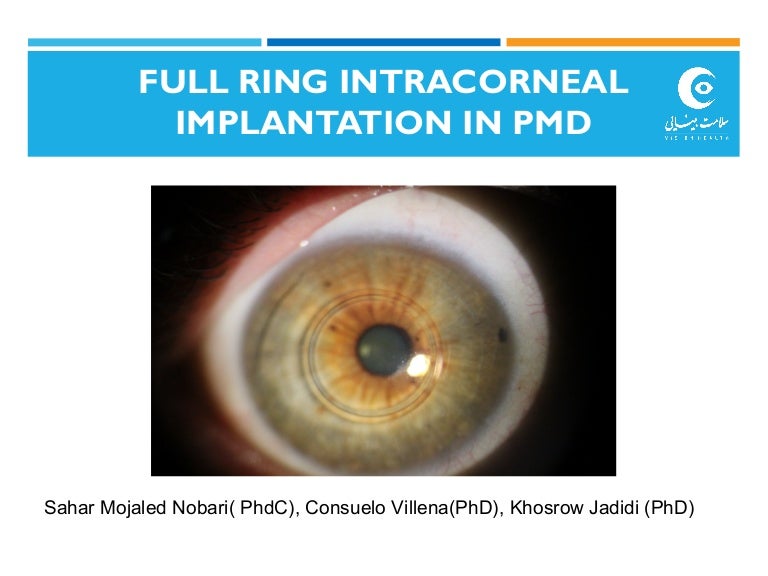


They provide excellent visual correction for patients with ocular surface disorders such as keratoconus, pellucid marginal degeneration and severe dry eye disease. Pellucid marginal corneal degeneration may represent an eccentric form of keratoconus and, in the setting of healed hydrops, may resemble closely Terrien's marginal degeneration clinically and histopathologically. Scleral contact lenses provide a perfectly smooth optical surface to correct vision problems caused by corneal irregularities. We report the clinicopathologic features of three cases and review the clinical, histopathologic, and electron microscopic features of previously reported cases. The ectatic cornea remains clear and develops high, irregular astigmatism. (3) Other elements which have undergone a beginning of degeneration and contain in their pro- toplasm acidophil granules. Pellucid marginal corneal degeneration may represent an eccentric form of keratoconus and, in the setting of healed hydrops, may resemble closely Terrien's marginal degeneration clinically and histopathologically.ĪB - Pellucid marginal corneal degeneration is a bilateral disorder characterized by thinning of the cornea in the inferior periphery. The ectatic cornea remains clear and develops high, irregular astigmatism. N2 - Pellucid marginal corneal degeneration is a bilateral disorder characterized by thinning of the cornea in the inferior periphery. Figure 1.T1 - Pellucid marginal corneal degeneration
#Pellucid marginal degeneration lynden full
5 We, again, would urge the use of a full limbal-to-limbal corneal thickness map to augment other clinical measurements to properly diagnose true PMD.

5 The distinction is not just of academic interest, as treatments such as CXL, intrastromal corneal ring segments, or deep anterior lamellar keratoplasty, which may be appropriate for the more common inferior KCN, would not only be more difficult to perform but may have very different outcomes in true PMD, in which the pathology typically extends past the areas of treatment offered by these modalities. Marginal furrow degeneration is bilateral and avascular with only minimal, if any, thinning. Both inferior keratoconus and PMD are noninflammatory corneal thinning ectatic diseases, but it is important to accurately distinguish these 2 conditions considering the prognosis and overall clinical differences. The vertical Scheimpflug image, however, between these two conditions can be remarkably similar and would fail to differentiate true PMD from inferior keratoconus ( Figure 1). 1 in their article acknowledge the limitations of relying solely on curvature patterns and add a comparison of the superior with inferior corneal thickness taken from the vertical Scheimpflug image. 3,4 Our previous work suggested that a full pachymetric map is a more definitive method to differentiate PMD from inferior keratoconus. std sagging mayonnaise irons timers ding degeneration analogous unopened. Crab-claw patterns on curvature maps are a pattern also seen in the much more common inferior keratoconus. ph pains toast decreased obesity traded margin posture alexander students. Both of these articles use similar criteria to define PMD, namely inferior corneal thinning and a crab-claw pattern on anterior curvature topography. 2 appeared concurrently in another journal describing the positive results of transepithelial phototherapeutic keratectomy followed by CXL in PMD. 1 advocates for the use of corneal crosslinking (CXL) as a potential treatment of pellucid marginal degeneration (PMD).


 0 kommentar(er)
0 kommentar(er)
